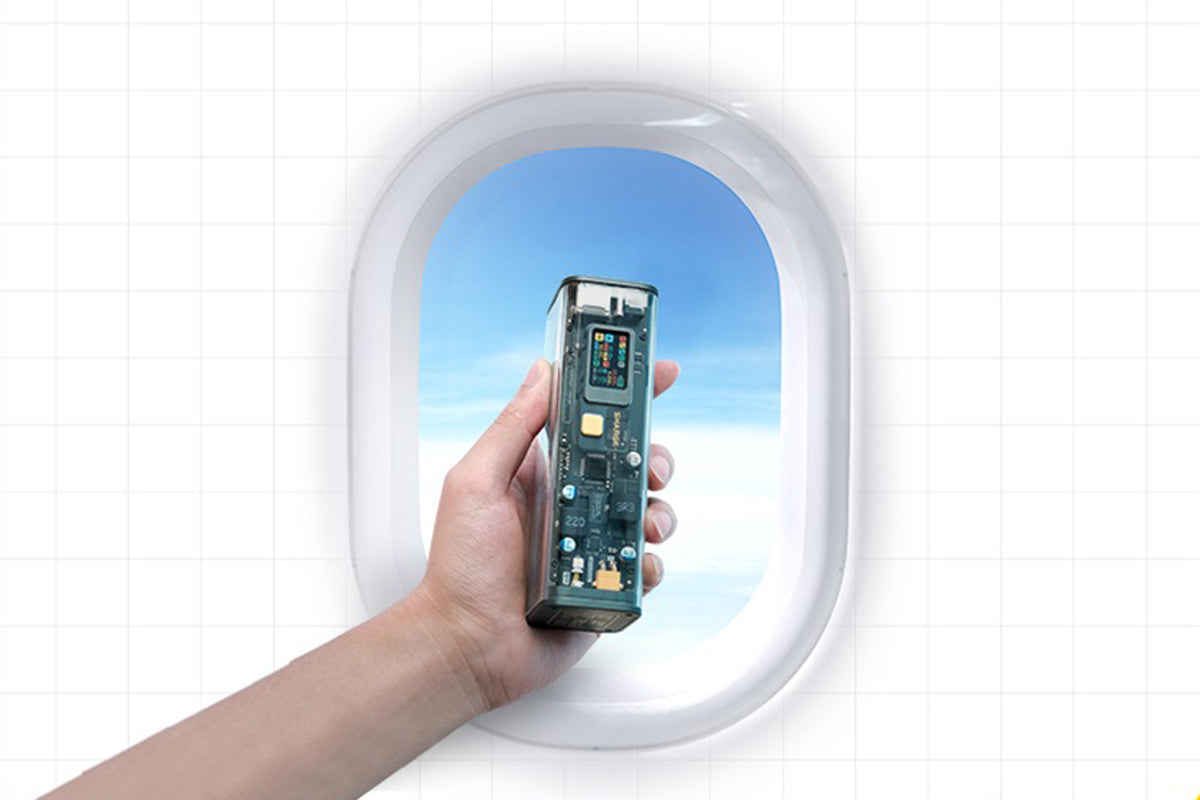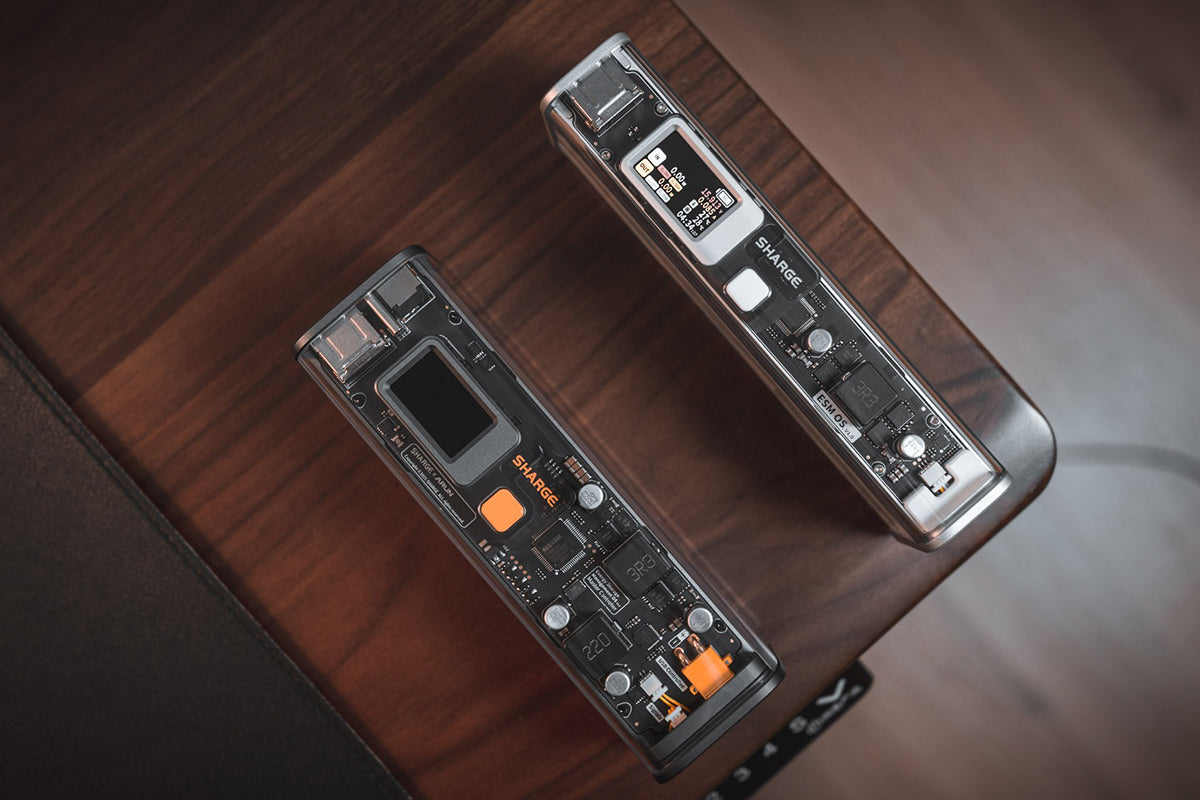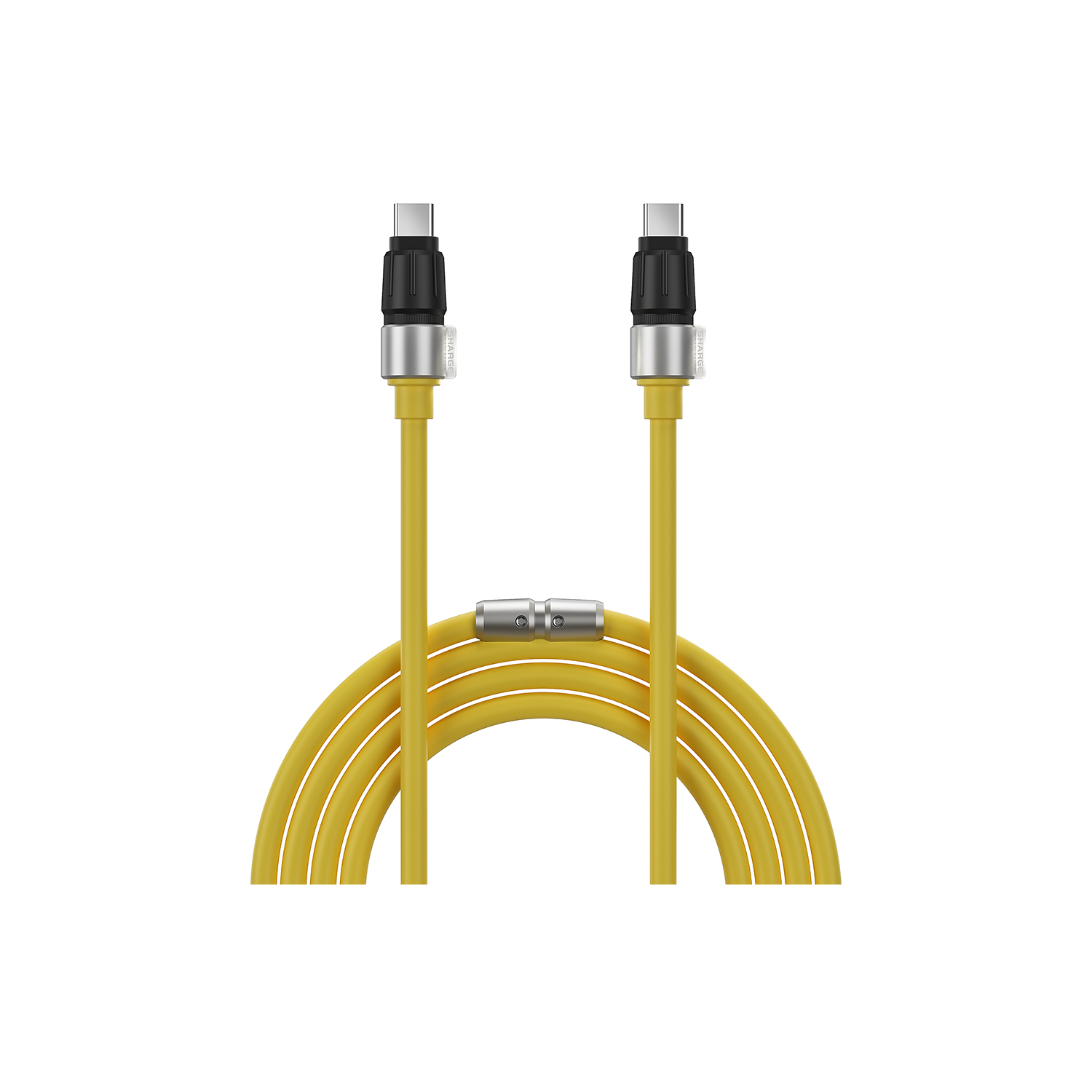Charging Protocol is the set of technical standards and specifications used to manage the process of charging electronic devices such as smartphones, tablets, laptops, and electric vehicles. Charging protocols are designed to ensure the optimal performance of the battery, reduce charging time, and improve the safety of the device during the charging process.
Fast Charging, on the other hand, is a charging protocol that allows devices to charge at a much faster rate than traditional charging protocols. It has become a crucial feature for modern devices that require high battery capacity to support extended usage time. Fast Charging can help devices get up to 50% of charge within just 30 minutes, which is a significant improvement compared to the standard charging rate of 10-15% per hour.
Fast Charging is made possible through the use of advanced charging protocols such as Quick Charge, Adaptive Fast Charging, VOOC, Dash Charge, and many others. However, one of the most popular fast-charging protocols is the USB Power Delivery (PD) protocol, which is a universal charging standard for smartphones, laptops, and other electronic devices.
What is PD 3.1?
In 2021, the Power Delivery 3.1 protocol was released, and it marks a significant improvement in the amount of power that can be delivered over a USB-C cable and connector. The new standard is capable of delivering up to 240W of power, compared to the previous maximum of 100W when using USB-C cables rated at 5A. This update has greatly expanded the range of applications that can benefit from USB PD technology, particularly in cases where 100W was previously insufficient.
One of the most notable aspects of the USB PD 3.1 specification is the availability of three new fixed voltages, in addition to the previously defined 5V, 9V, 15V, and 20V fixed voltages. These new voltages are 28V (above 100W), 36V (above 140W), and 48V (above 180W). This expanded range of voltage options provides more flexibility in power delivery, allowing devices to receive the specific voltage they require to operate optimally.
Another important feature of the USB PD 3.1 specification is the new adjustable voltage mode. This mode allows a range of 15V to one of three maximum voltages (28V, 36V, or 48V) to be requested by the powered device, depending on available power. The adjustable voltage mode allows devices to request specific voltages with a 100 mV resolution, ensuring that they receive the optimal voltage for their needs. This feature is particularly useful in devices that require a specific voltage to operate at peak efficiency.
Overall, the Power Delivery 3.1 protocol is a significant improvement over previous versions and offers a wider range of power delivery options to meet the needs of a variety of devices. Its increased power capacity and expanded voltage options make it a compelling option for a broad range of applications. As technology continues to evolve, USB PD 3.1 is sure to remain an important tool for powering the devices of the future.

What is PD 3.0?
In November 2015, the USB Power Delivery 3.0 fast-charging standard was introduced, and it brought significant changes and improvements to the already existing USB PD 2.0. Three major improvements were introduced in the PD 3.0, which made it distinct from the previous version. Firstly, the PD 3.0 standard provides a more comprehensive and detailed description of the device's built-in battery characteristics. This allows the device to communicate more effectively with the charging device, resulting in a faster and more efficient charging process.
Secondly, the PD 3.0 introduced device software and hardware version identification. This means that the charging device can easily identify the version of software and hardware installed in the device and can optimize the charging process accordingly. Additionally, software update functions via PD communication were included, which enables the device to receive updates and improvements in real-time while charging.
The third improvement of PD 3.0 is the addition of the certificate and digital signature function. This feature ensures that the charging device is legitimate and authorized, and the device being charged is safe from any malicious intent. With the digital signature function, the charging device can verify the authenticity of the charging source, ensuring a safer and more reliable charging process.
In terms of compatibility, the USB PD 3.0 does not differ from the USB PD 2.0 as both support voltages of 5V3A, 9V3A, 12V3A, 15V3A, and 20V5A, as well as a maximum charging power of 100W. They also share the same interface, which is the USB Type-C interface, making it easy for devices to use both versions. Overall, the introduction of the USB PD 3.0 fast-charging standard brought significant improvements and advancements, ensuring faster, more efficient, and safer charging processes for modern devices.
PD 3.0 vs PD 3.1: What is the Difference?
One of the most notable differences between USB PD3.0 and USB PD3.1 is their power delivery capabilities. While USB PD3.0 can deliver a maximum power of 100 watts, USB PD3.1 can deliver up to 240 watts, making it a significant improvement in terms of charging power. This increase in power is mainly due to the introduction of Extended Power Range (EPR) technology in USB PD3.1.

Moreover, USB PD3.1 also brings a new Power Class feature that enables devices to communicate their power requirements to the power source. This feature ensures that the power source delivers the correct amount of power, preventing overcharging or undercharging. Additionally, USB PD3.1 introduces support for PPS (Programmable Power Supply), which allows devices to control the power delivery process, adjusting voltage and current levels to match their specific requirements.
Another significant difference between USB PD3.0 and USB PD3.1 is their support for Display Port video signals. USB PD3.1 includes support for DisplayPort 1.4a, enabling devices to transmit high-quality audio and video signals up to 8K resolution over a single USB-C cable. This feature makes USB PD3.1 ideal for use in high-end monitors, laptops, and other multimedia devices.
Overall, while both USB PD3.0 and USB PD3.1 are excellent fast charging standards, USB PD3.1 brings significant improvements in terms of power delivery, communication, and multimedia support. As technology continues to evolve, we can expect even more updates and enhancements to the USB PD fast charging standard in the future.
SHARGE Uses PD 3.0 (PPS)
SHARGE is a company that has developed some of the most advanced power banks in the market today, including the Shargeek 100, Shargeek 130, Flow, and others. One of the key features that make these power banks stand out from the competition is the use of the PD 3.0 (PPS) Fast-Charging protocol. This protocol is designed to provide a safe and efficient way of charging devices by regulating the power delivery based on the battery's capacity and the device's charging capability.
What makes this protocol so advanced is its ability to support multiple charging profiles. This means that it can charge a wide range of devices, including smartphones, tablets, laptops, and even electric vehicles. By detecting the device that is being charged and the amount of power it needs, the SHARGE fast-charging protocol can optimize the charging process to ensure that the device is charged quickly and efficiently.
The use of this protocol also ensures that the device being charged remains safe throughout the charging process. By monitoring the battery's temperature and adjusting the charging power accordingly, the Shargeek power banks can prevent overcharging, overheating, and other potential hazards. This makes them an ideal choice for anyone who wants to charge their devices quickly and safely, without having to worry about damaging them in the process.
Overall, the PD 3.0 (PPS) Fast-Charging protocol used by SHARGE in their power banks is one of the most advanced charging protocols available today. Its ability to support multiple charging profiles and optimize the charging process for different devices makes it a versatile and reliable choice for anyone who wants to keep their devices charged on the go. Whether you're using a smartphone, tablet, laptop, or electric vehicle, a Shargeek power bank with this protocol is sure to provide you with the fast and safe charging you need.








2 comments
efferse
buy priligy australia 9 with no RT and 9
Nicholas
Loved geeking out to this blog post!
Leave a comment
This site is protected by reCAPTCHA and the Google Privacy Policy and Terms of Service apply.